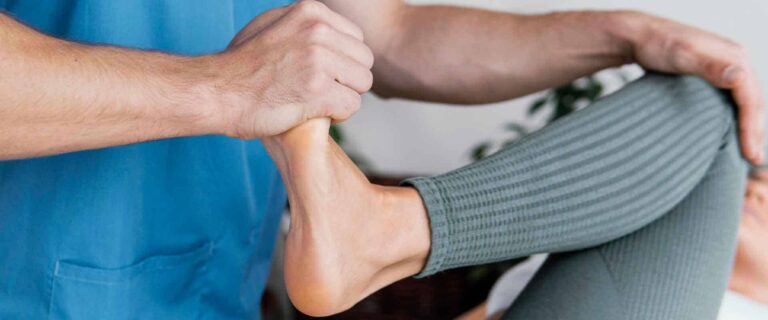What is Patellar Tendonitis?.
Patellar tendonitis, also known as "jumper's knee", is a common injury that affects the patellar tendon, the tissue that connects the kneecap to the tibia. This condition can cause significant pain and limit the ability to perform activities involving the knee.
Symptoms:
- Pain: The main symptom is pain in the front of the knee, just below the kneecap. The pain may be mild at first and gradually worsen with activity.
- Sensitivity: The area around the patellar tendon may be tender to the touch.
- Rigidity: There may be stiffness in the knee, especially in the morning or after periods of inactivity.
- Weakness: The affected leg may feel weak or unstable.
- Swelling: In some cases, there may be swelling around the knee.
Treatment at Fisio Camacho:
The treatment we carry out in our two Fisio Camacho clinics for patellar tendonitis generally involves a combination of conservative measures.
Conservative measures:
- Rest: Avoiding activities that aggravate pain is essential to allow the tendon to heal.
- Ice: Icing the knee for 15-20 minutes several times a day can help reduce pain and swelling.
- Compression: Wearing a knee brace or elastic bandage can provide support and reduce swelling.
- Elevation: Keeping the leg elevated can help reduce swelling.
- Physiotherapy: A physiotherapist can design an exercise programme to strengthen the muscles around the knee and improve flexibility. Eccentric exercises, which involve muscle contraction while lengthening the muscle, are especially beneficial for patellar tendonitis.
- Massage therapy. Unloading massage on the main muscles that affect the tendon. For example: quadriceps.
- Inhibition technique in the tendon itself to regenerate the affected tissue.
Prevention: At Fisio Camacho, as well as treating the pathology, we advise on what to do and what not to do, but always personalised for each patient.
Generally speaking, there are several measures that can be taken to prevent patellar tendonitis, including:
- Warming up: Warming up properly before physical activity can help prepare muscles and tendons for exertion.
- Stretching: Stretching the leg muscles, especially the quadriceps and hamstrings, can help improve flexibility and reduce stress on the patellar tendon.
- Gradual increase in activity: Gradually increasing the intensity and duration of physical activity can help prevent tendon overload.
- Appropriate technique: Making sure to use proper technique when performing sports activities or exercises can help reduce stress on the knee.
- Appropriate footwear: Wearing appropriate footwear that provides support and cushioning can help protect the knees.
It is important to consult a doctor or physiotherapist if you experience symptoms of patellar tendonitis to get an accurate diagnosis and an appropriate treatment plan.
Sessions usually last about 30 minutes, and the frequency depends on the patient's needs.
Yes, osteopathy and physiotherapy is safe and can be beneficial for people of all ages.
Many patients notice improvements after the first few sessions, but the number of sessions varies according to condition and goals.
If you suffer from Patellar Tendonitis, do not hesitate to contact Physio Camacho. Our team of osteopaths and physiotherapists is ready to help you improve your quality of life.




